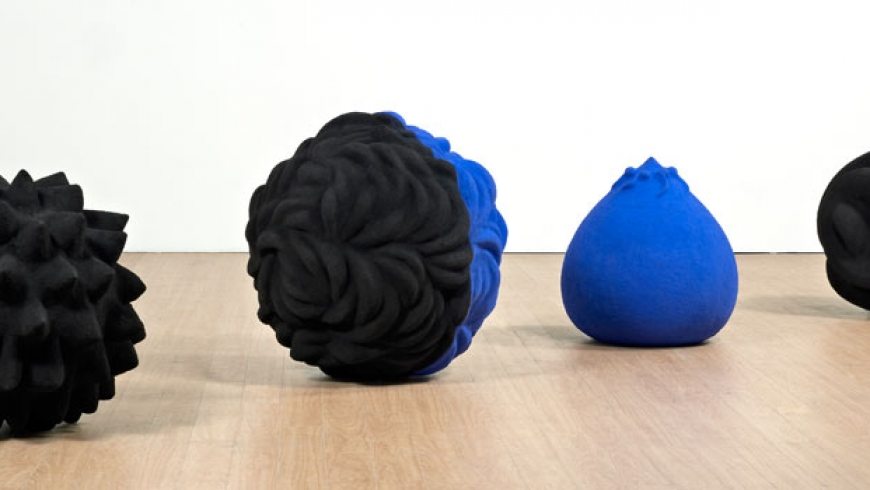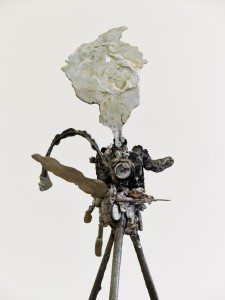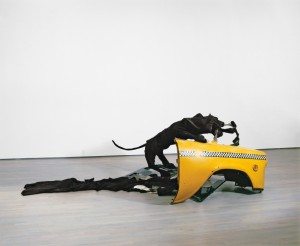Mead Gallery presents ‘Making it’: Broaden your mind to three dimensional design
This exhibition marks the emergence of young artists in the late 1970s who started to revolutionise sculpting. Many visualise sculptures as heavy busts of influential people. However these creators began to expand the world of sculpture, using second hand materials.
Making it displays a collection of UK artists who achieve this. It makes the viewer think about the possibilities of objects, and how materials and objects may have more that one purpose or meaning. This is a playful exhibition, as each artist has experimented with and manipulated materials in new inventive ways.
When walking around the space, I felt a division in the layout, one side of the room certainly took my interest more than the other. As I walked to the right side of the room, the sculptures were smaller and to me felt disconnected from the rest of the exhibition. I suppose this was because they felt less lively, using materials I expected.
However when I explored to the left of the exhibition I was confronted by Richard Wilson’s Say Cheese (1984); a camera placed on a three-legged tripod constructed from cast and aluminium.
The piece was industrial, with an uneven surface. Out of the top of the camera extended a piece which resembled the camera flash. The lead for the camera was extended out of the side, as if in mid-motion and together it appeared this was a camera mid-shot. The artist has recreated and captured a fleeting moment in time using such a heavy industrial material which I found extremely interesting.
As I walked around the space I saw other artists capturing these moments in time, such as Bill Woodrow’s Tattoo (1983) which used part of a New York City Yellow cab door, and a panther made of black fabric pouncing onto the door. He uses this fabric to spread across the floor, almost like a skidding track mark. Again this creates the sensation of a menacing moment being interrupted.
When reading the programme I saw that Woodrow was interested in scavenging and transforming everyday materials. This scavenging nature was a new form of art, giving objects a new meaning.
Tony Cragg displayed this same technique in his piece Postcard Flag (Union Jack) which uses found objects to deconstruct the false perception of our perfect nation. He used the objects to assemble a Union Jack flag on the wall, making it during the time of the marriage of Charles and Diana. This was a time of national pride and royalism. He seems to deconstruct this notion by creating an anti-establishment rawness, juxtaposed against the bright colours which exude this false appearance of wholeness and perfection.
I could go through all the sculptures within the exhibition in this manner however I wanted to highlight these three as I felt they encapsulated what this exhibition was about. It demonstrates how young UK artists in the late 70s changed sculpture as a form of art.
They all look at moments and concepts by taking objects and giving them a new meaning. As an artist it made me think about the possibility of mundane things and how so much can be constructed from things you don’t expect.
I also enjoyed that the exhibition had an interactive section which laid out paper, pens, foil, plasticine and other objects. I was fascinated with seeing what sculptures other visitors had made. Making it made me understand the potential of materials and broadened my mind in terms of three-dimensional design.
‘Making it: Sculpture in Britain: 1977-1986’ is a touring exhibition from the Arts Council Collection presented in The Mead Gallery at Warwick Arts Centre until 29 November.



Comments